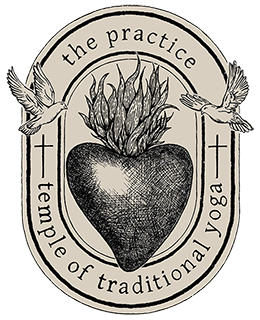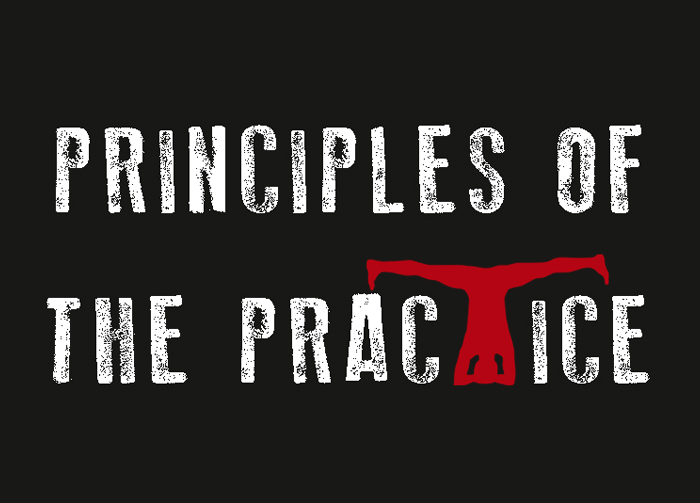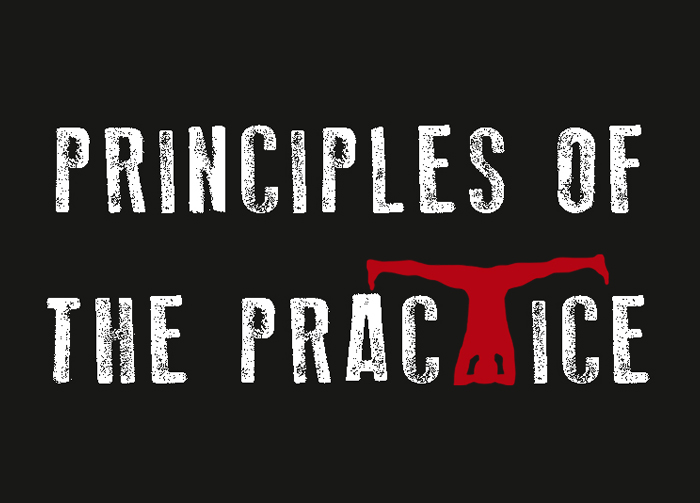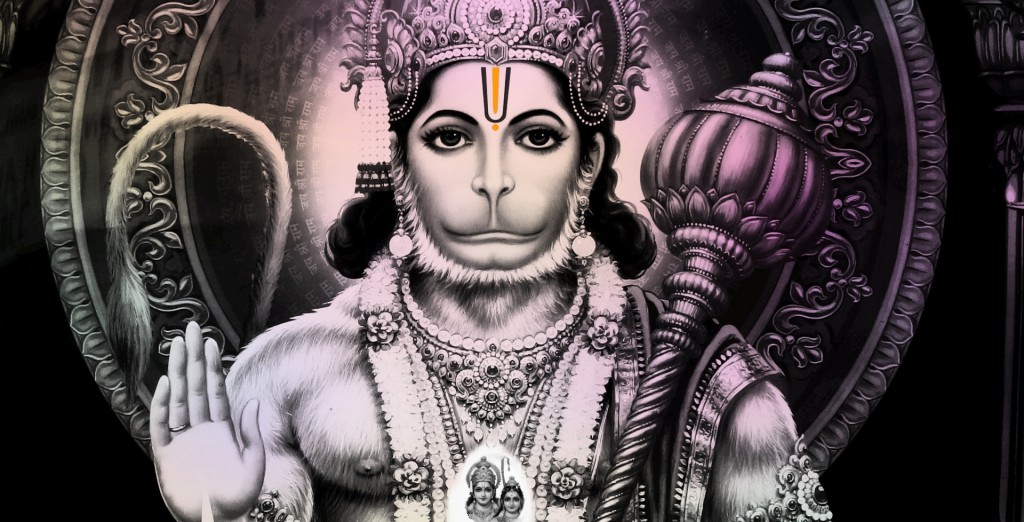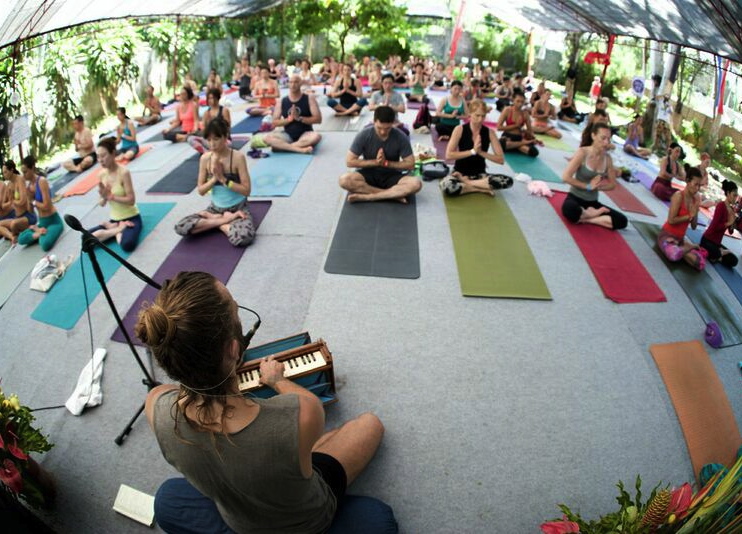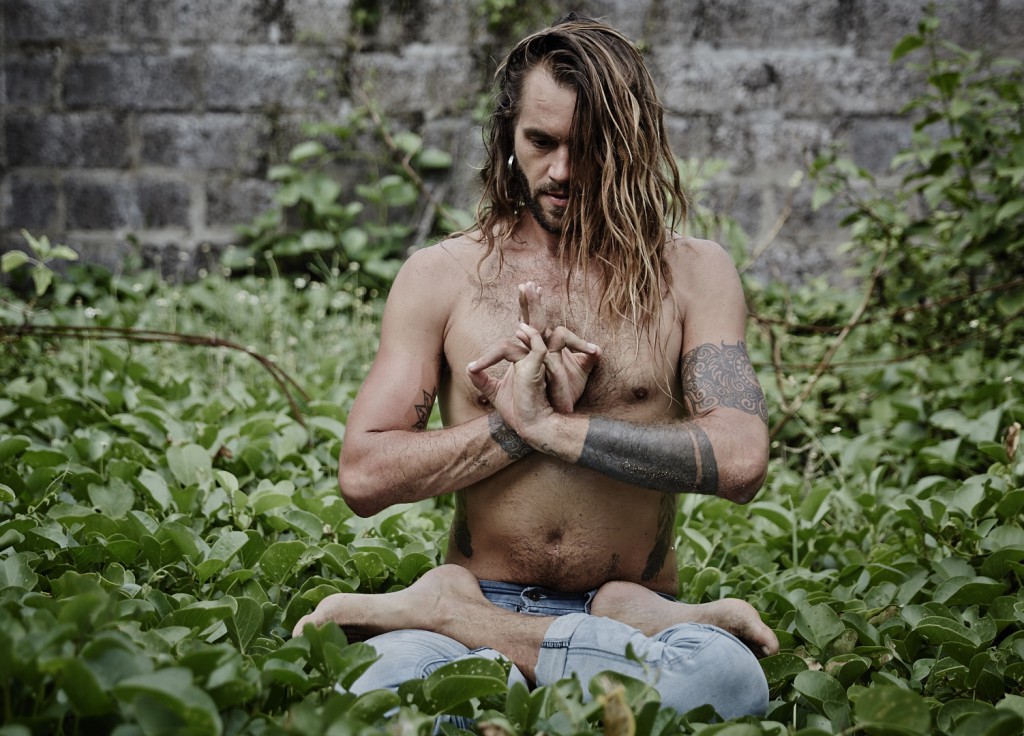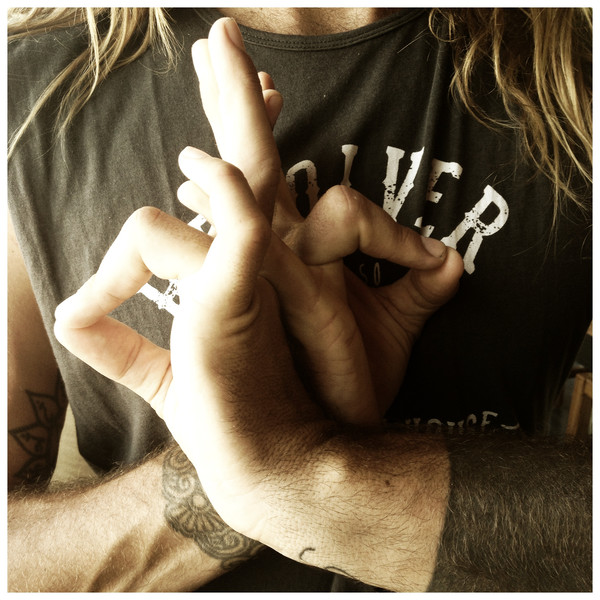by Octavio Salvado.
Mahatma Gandhi said it perfectly, “Be the change that you wish to see in the world”. It starts with ourselves, and quite often the crusade is a silent one.
I remember when I first got into Yoga. I thought I needed to change the world one annoying speech at a time, but all I did was piss people off and lose friends. Not a very successful outcome given that what I really wanted was to help people find more freedom and joy in their lives.
We live and learn…. Hopefully.
My first genuine mentor put it in a way that I never forgot. If you enter a restaurant and notice that the guy sitting next to you is drinking water from a dirty glass, chances are that if you say to him, “mate, your glass is dirty,” you will either offend or embarrass him. If, on the other hand you simply order your own glass of water and position it on your table in a way that he can see it, then most likely, he will make his own comparison and call the waiter over to change his glass for a cleaner one.
In essence, what I’m getting at this. Often the best advice we can give is the advice not spoken, it’s the advice we embody. Put another way, shut your mouth and simply BE the radiant example. If people are inspired and compelled to change their ways based on who you are being, great. If not, also great! But serving up sermons when people don’t ask for them is asking for discord. Trust me, I was an expert once.
Leadership is an inside thing. It doesn’t need to justify or prove its worth because its value can be felt, just like peace can be felt if you’ve ever been fortunate enough to be in the same room as a true Master. The Master doesn’t need to say anything, you can feel their presence, you can sense who they are.
What is this silent, inside power that true leaders seem to accumulate and radiate outwards like the rays of the Sun? The Yoga Tradition calls it Prana, the pure creative potential that gives everything in the universe life. With the right practices and attitude, Prana can be generated and stored like a battery stores charge. The Yogis of old encoded the concept of Prana with the symbol of the Sun, the giver of life. Who is the giver of life? Woman gives life. Not man. Man is simply the witness.
Isn’t it fascinating that modern Yoga teaches the exact opposite – That Sun is masculine. It raises the question – ‘Where is modern, innovative yoga disconnected from tradition leading us’. Perhaps this is one reason why yoga has become a sex and ego infused billion-dollar commercial beast instead of its original function as a science, designed to guide people towards a deeper capacity to radiate the energy of love.
It is true that the ‘Sun’ refers to the dynamic principle in nature, but the ancient texts don’t talk about dynamic hips or hamstrings, or active muscles powering through vinyasa transitions. The Yoga Tradition is not interested in those things. It is interested in the dynamic power of energy. The energy that sustains us and allows us to function in the first place.
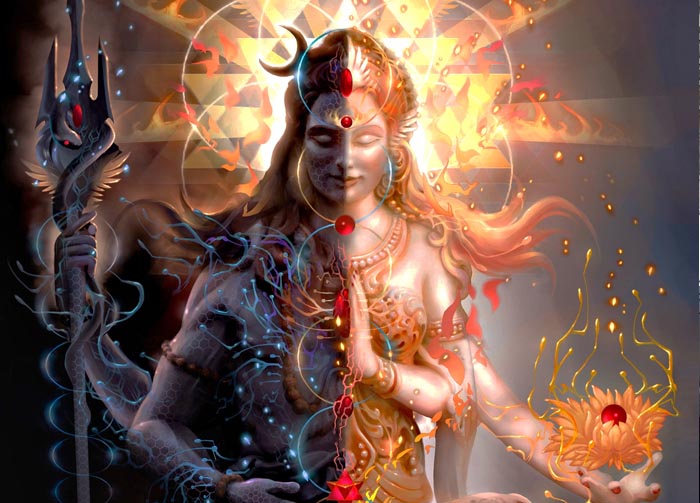
In Tantra, Prana is often anthropomorphized as different forms of the Goddess or ‘Shakti’. There is a wonderful story about the birth of Goddess Kali, a controversial and fierce Devi representing a strong expression of pranic movement. At first glance she is utterly terrifying! Holding high a bloody head freshly severed from the neck of an unlucky demon. Her tongue is out, lapping up the spilled blood, eyes blazing, bare breasted, adorned with a necklace of 50 skulls. Its easy to see why this Goddess is often associated with sexuality and violence, but that is only on the periphery. The true essence of Kali is love. Again, everything depends on how deep we want to dig. The same can be said for dynamic practices such as vinyasa, the external movements of the body are only the means to cultivate and connect with the energy within. Yet somehow, looking outwardly sexy and throwing limbs around violently has become the international status quo. It’s a shame, because the heart of this practice is the heart itself. The mission of movement is to sensitize ourselves to Prana, generate more of it and then direct it towards the heart. Because its not until we have enough Prana in the heart that we can genuinely hold our awareness there and live from that place. The battery has to charge before the lights can switch on.
Returning to the mythic narrative, Durga, the Mother and protector Goddess is doing battle with the demon, Mahisa. Durga becomes furious and her anger crystalizes into the dark Goddess, Kali who bursts out of her forehead. Kali, wild as lightning starts swinging her swords and taking off the heads of whoever is unlucky enough to be near her. She does away with the demon and his demon army but her blood lust cannot be contained. Kali rages on and even the Gods are powerless to calm her. Eventually the God’s pray to the Great God, Shiva – Lord of Yoga for help, who awakens from meditation and travels to Kali’s battleground. Seeing her state, Prana gone wild, Shiva lays his still body down on the earth and eventually, Kali in her frenzy stands on him. As soon as she feels Shiva’s steady frame under her feet, Kali immediately simmers down and returns to her loving, motherly form.
And be sure, Prana ‘can’ and ‘does’ go wild, just like sunlight can burn. To avoid this catastrophe, it is suggested (if you have a good teacher) that all pranic cultivation is to be done on a solid base of mental stability and calm. Notice what icon Shiva wears on his head – The Crescent Moon, representing Mind (Chitta). Yogis who focus only on dynamic practice without stabilizing their minds through meditation and self reflection first will have a very hard time sensing themselves as pranic beings. The focus will stay on the periphery and energy will continue to move along the paths of least resistance, empowering all of the pre-established tendencies and behavioral patterns, be they in service of growth or against it. Prana, like sunlight, does not discern.
Over the last 15 years I have heard many yoga teachers teach that the essential nature of the masculine is dynamic, when in actuality, the Yoga Tradition teaches the opposite. The pure masculine, according to Yoga is pure presence, consciousness, stillness, Shiva wearing the Moon. Yes, we men move rocks and build things and like to show off our muscles, but that is only on the periphery. The true power of man is deep inside a still and silent core. My guess is that any woman centered in her own authentic, love-infused power would agree – Real masculinity is about presence, and presence is a state of mind.
Perhaps this changes the way you approach your Sun Salutations?
Ha and Tha. Sun and Moon. Prana and Chitta. Energy and Mind. Woman and Man.
Sound a little different to what you’ve been told? The crux of it is this. Neither perspective is wrong. It simply depends on where you want to focus your attention – on the inside power or the outside power? We are always free to choose.
My take on it is this. You can take it or leave it. True leaders aren’t the ones who make the most noise, or have the most followers or headline the biggest festivals. True leaders are the ones who have taken up the inevitable silent crusade we eventually all must take, leading themselves first beneath the peripheral luster of what’s popular, deep into their own unique and essential core.
A good question for contemplation, I’ll place it where you can see it:
Where is your yoga leading you?
